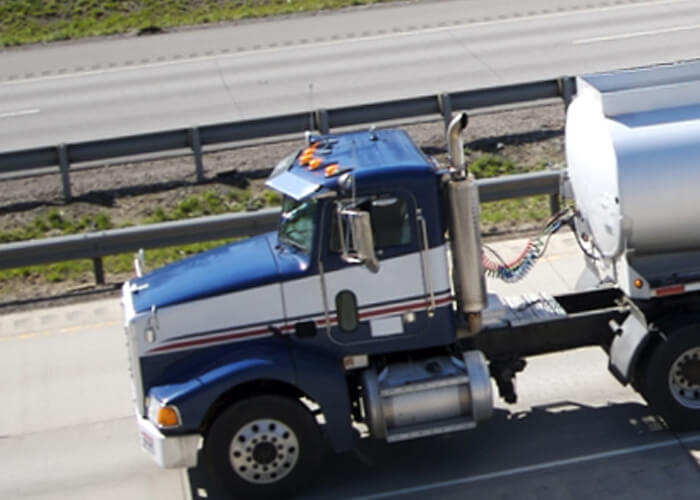Truckers want to work. Transportation companies hope to hire. Washington wants to cure the unemployment dilemma. Solutions seem like they fit together like a trailer to a tractor. So what’s keeping all of this from being solved? Hiring qualifications that are too strict? Too much federal and state regulation? Anxiety about a recurring recession? Not enough labor organization? Something else? Answers seem simple. Solid plans continue to seem elusive. What’s happening?
Higher pay and expanded training won’t be enough. What we need is a comprehensive strategy and the committed engagement of industry and governmental players. It’s easy to point fingers, but it will take real leadership to make corrective strides.
Transportation Shortages
Is salary the primary cause of the current driver shortage? Industry leaders have been talking on record about the desire to give the average truck driver a salary boost; some by as much as an additional $20,000 a year. As of mid-way through 2011, the average company-employed driver who doesn’t own their own truck makes about $42,000 a year. For owner/operators, this becomes a bit more complicated. Secondly, there is the aging driver population (currently, the average age of over-the-road drivers is over 55) and the difficulty attracting truly qualified people to the field”not to mention the prospect of burgeoning freight volumes”it’s probably no surprise that we began hearing projections of a shortage roughly as early as 2010.
Are expectations about employment in the trucking industry ruining driver retention and worker satisfaction? Some industry analysts wonder.
Young drivers get in and sometimes they’re not aware of what it takes to be a driver, especially if they have got kids at home, said Miles Verhoef, an independent owner-operator from Tomah, Wisconsin, who worked as a company driver for 16 years. It’s very hard on family life.
Is another factor business loss from trucking to other divisions of the transportation industry? Shippers are shifting some loads to railroads to avoid long highway drives. But revenue from intermodal cargos, which can move by road, rail and ship, rose last quarter at each of the four biggest publicly traded U.S. railroads.
For a permanent fix to the industry’s shortages, FTR’s Perry estimated that long-haul novices earning $40,000 annually and experienced drivers at $70,000 would need to see increases that might top his projection of a 30 percent boost by 2014.
What does it take to make a normal person happy with being away from home two straight weeks? Perry said. The rule of thumb is we’ll probably have to pay these guys between $60,000 and $90,000.
Conflicting Transportation Industry Predictions for 2012
The recession is technically over and the numbers seem to keep improving, except in certain verticals. Goods are moving through the supply chain at levels approaching those of the halcyon days of 2007. Yet still, there is a shortage of truck drivers, and it’s looking as if only a standing army of drug-free individuals with CDLs can put this stress to rest.
Several factors still limit the transportation industry’s ability to maintain a stable driver supply and (most importantly) grow it, are still with us, in spades. These include facts such as:
- Pay is essentially piecework, so many cents per mile
- Traffic delays and wait time at pickup and delivery points consume a greater number of a driver’s hours, reducing his (or her) mileage potential
- Federal HOS (hours of service) regulations, while well-intentioned, have the effect of reducing miles by capping daily work hours
- Decreasing quality of life factors like extended time away from family, poor diet and long hours
- Wages that do not fully compensate for time and effort, leading drivers to change employers for trivial per-mile amounts”or leave the field altogether
- The investment (indebtedness) and payback involved in the owner-operator model
- A negative perception of the field and the professionals who work within it, coupled with the lifestyle”in short, the lack of an aspirational image that involves honest work by decent people for fair wages
- The industry’s high entry age requirement. Trucking competes with other industries that exhibit competitive pay, but allow younger people to enter and advance for as many as 4 years before being eligible for consideration as an interstate driver. In addition, there are training requirements to consider in making a career shift.
- The CSA 2010 (Compliance, Safety, Accountability) program, the federal government’s far-reaching initiative to remove unsafe commercial drivers from the nation’s roads. This has not yet had a major negative effect on the driver supply, but it has reportedly caused some unease in the driver community.
- The added complications of on-board monitoring systems. Some companies report that drivers like the systems, but it is another “eye in the sky” that can spook people who enjoy independent lifestyles like professional trucking.
In the next installment of this feature, we’ll investigate what can be done to solve these solidifying problems within the trucking industry.
